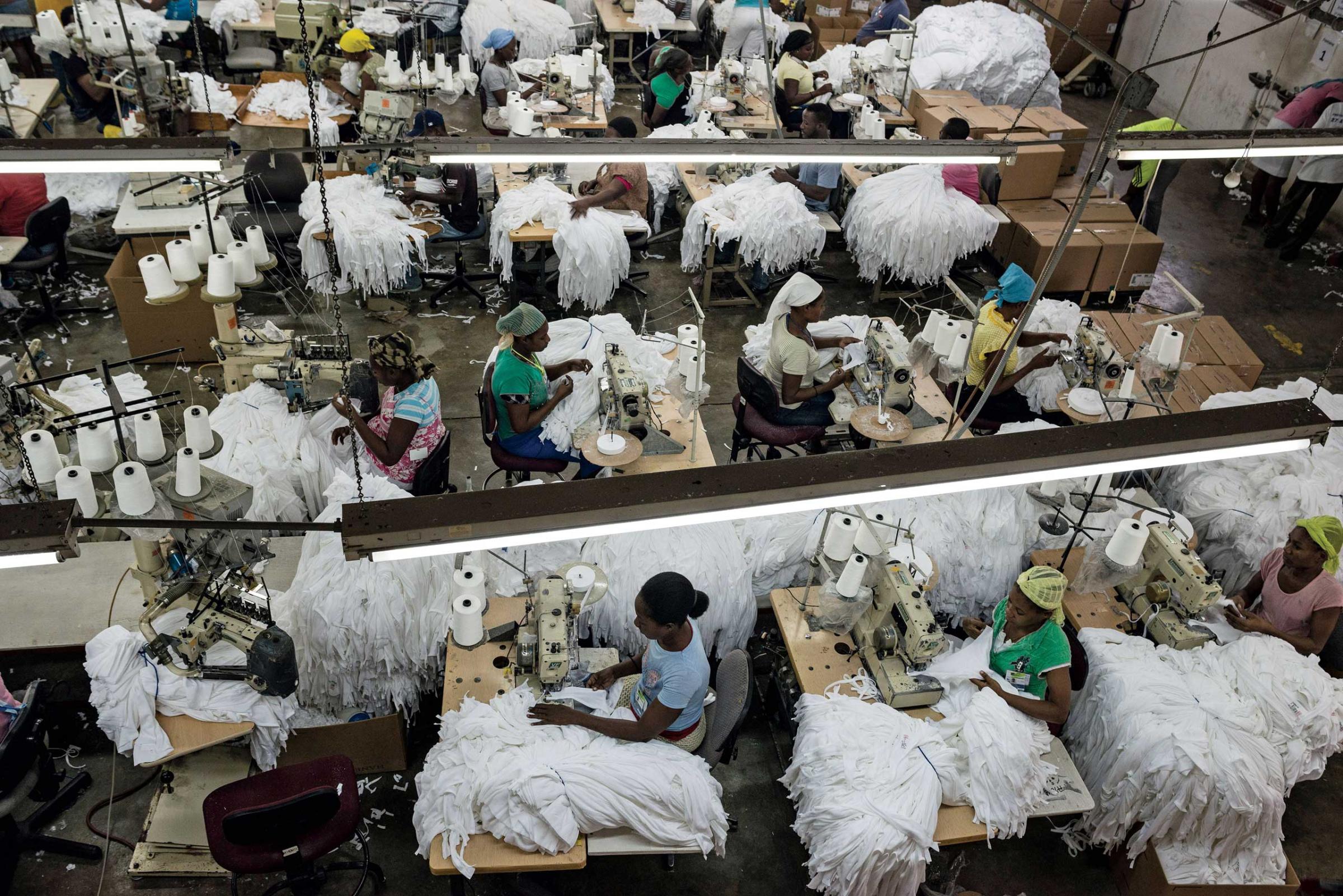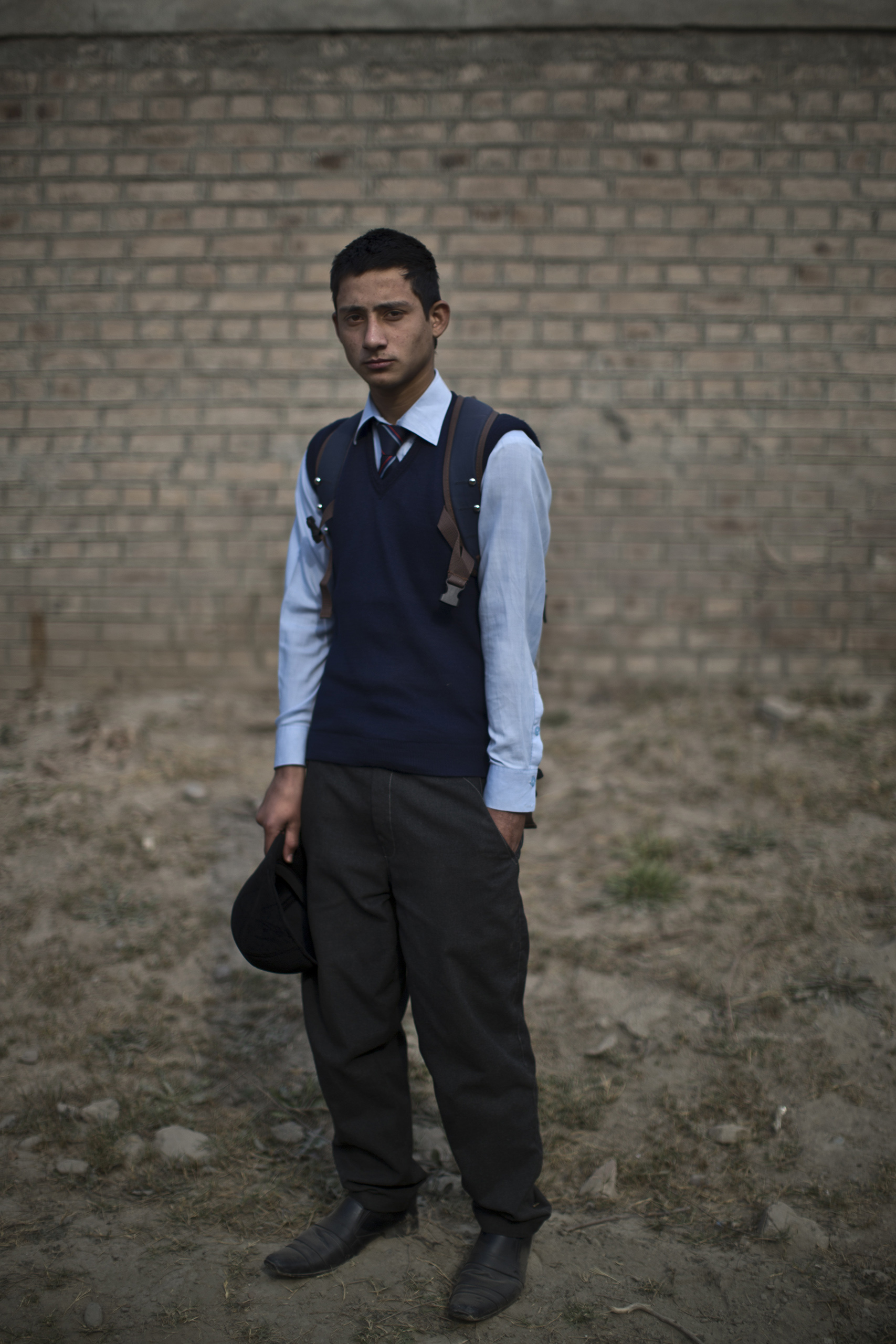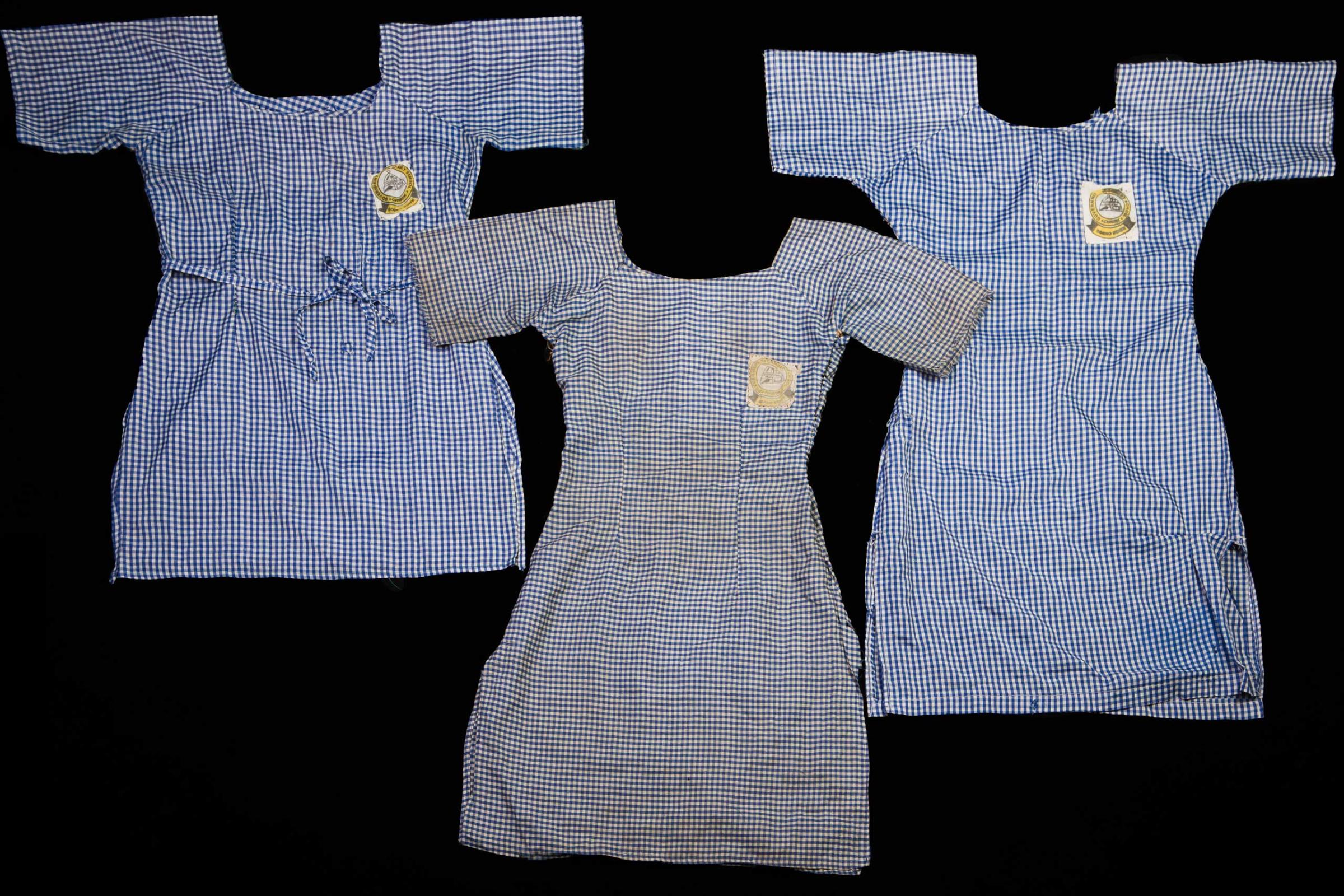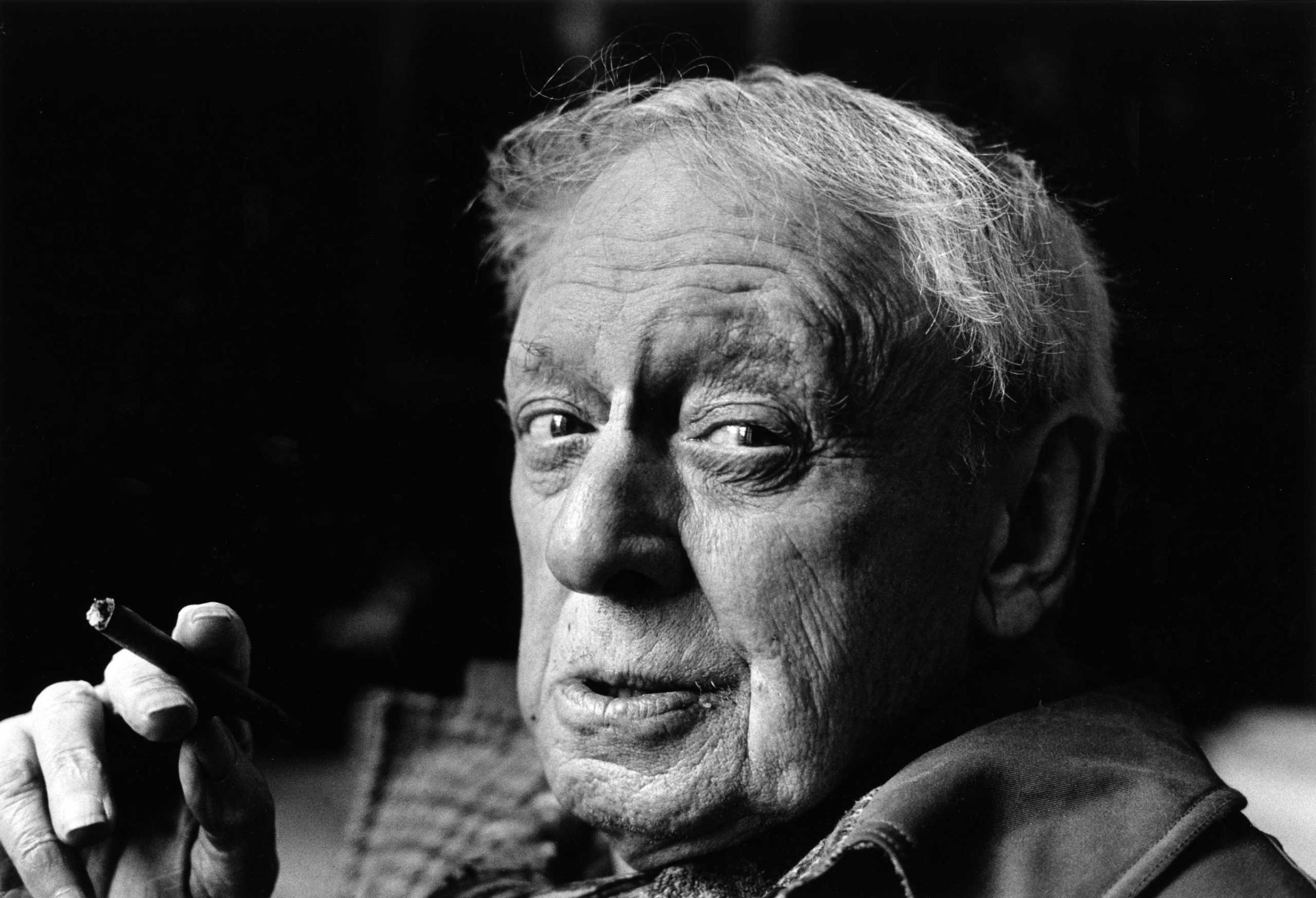
Today’s daily Photojournalism Links collection highlights Adam Dean‘s work on opium poppy farming in the valleys of eastern Burma. The country, which used to be the world’s largest supplier of heroin until the 1980s, is experiencing a resurgence in cultivation. Conflict, corruption and poverty have driven an increasing number of farmers back to growing the plants’ opium sap, the key ingredient of the drug. The United Nations is trying to persuade them to switch their focus to other crops such as coffee, but it faces a difficult task: opium is far more profitable and an easier way for smalltime farmers to pad their incomes. Dean’s photographs offer a poignant glimpse to the boom that gives so many of Burma’s poor a hard fought livelihood, one that they know isn’t good for society but one that they aren’t eager to give up.
Adam Dean: Poppies Bloom Again in Myanmar (The New York Times)
Timothy Fadek: Rebuilding Haiti (Bloomberg Businessweek) These pictures take a different look at Haiti by showing how five years after the massive earthquake, businesses are working to rebuild the country
Muhammed Muheisen: Young Survivors of the Peshawar School Attack (TIME LightBox) Portraits and words of the students who survived
Glenna Gordon (BBC Radio 4 World at One) Gordon talks about photographing the clothes of missing Nigerian school girls.
Jane Bown obituary (The Guardian) The English photographer known for her portraits, died in December 2014 aged 89





More Must-Reads from TIME
- Inside Elon Musk’s War on Washington
- Meet the 2025 Women of the Year
- Why Do More Young Adults Have Cancer?
- Colman Domingo Leads With Radical Love
- 11 New Books to Read in Februar
- How to Get Better at Doing Things Alone
- Cecily Strong on Goober the Clown
- Column: The Rise of America’s Broligarchy
Contact us at letters@time.com